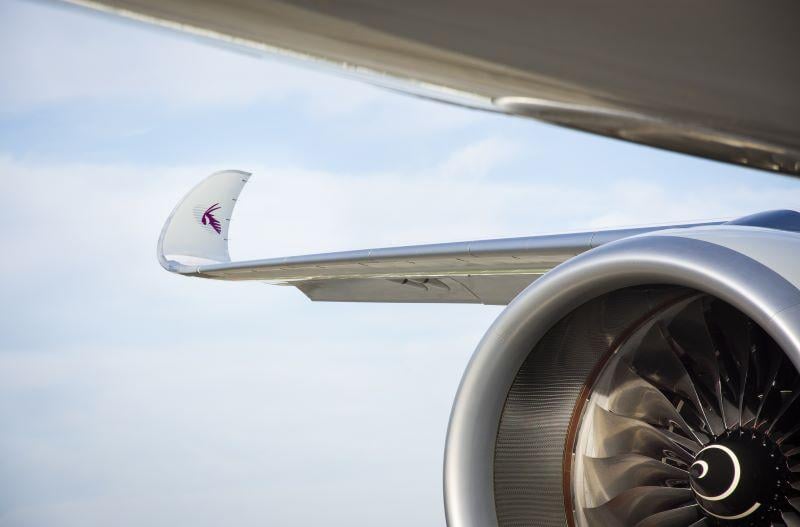EASA Emergency Directive Orders Checks Of A350-1000 Fuel Hoses

Credit: Jean-Vincent Reymondon/Airbus
Airbus A350-1000 operators have been ordered to check fuel manifold hoses on the aircraft’s Rolls-Royce Trent XWB-97 engines within as little as three days following an in-service incident on a Cathay Pacific A350 that forced the aircraft to turn back. The European Union Aviation Safety Agency (EASA...
Subscription Required
EASA Emergency Directive Orders Checks Of A350-1000 Fuel Hoses is published in Aviation Daily, an Aviation Week Intelligence Network (AWIN) Market Briefing and is included with your AWIN membership.
Already a member of AWIN or subscribe to Aviation Daily through your company? Login with your existing email and password
Not a member? Learn how to access the market intelligence and data you need to stay abreast of what's happening in the air transport community.






